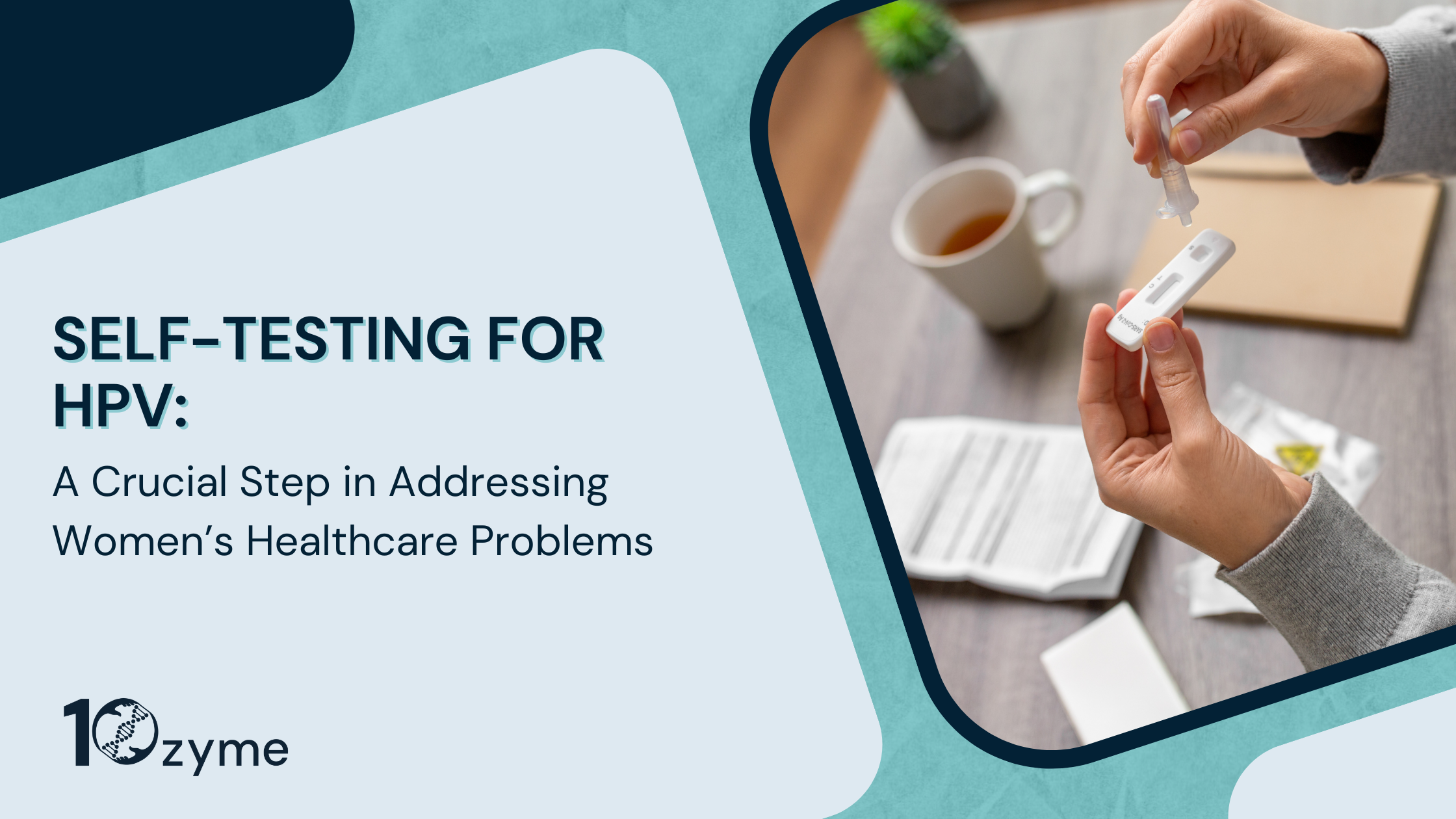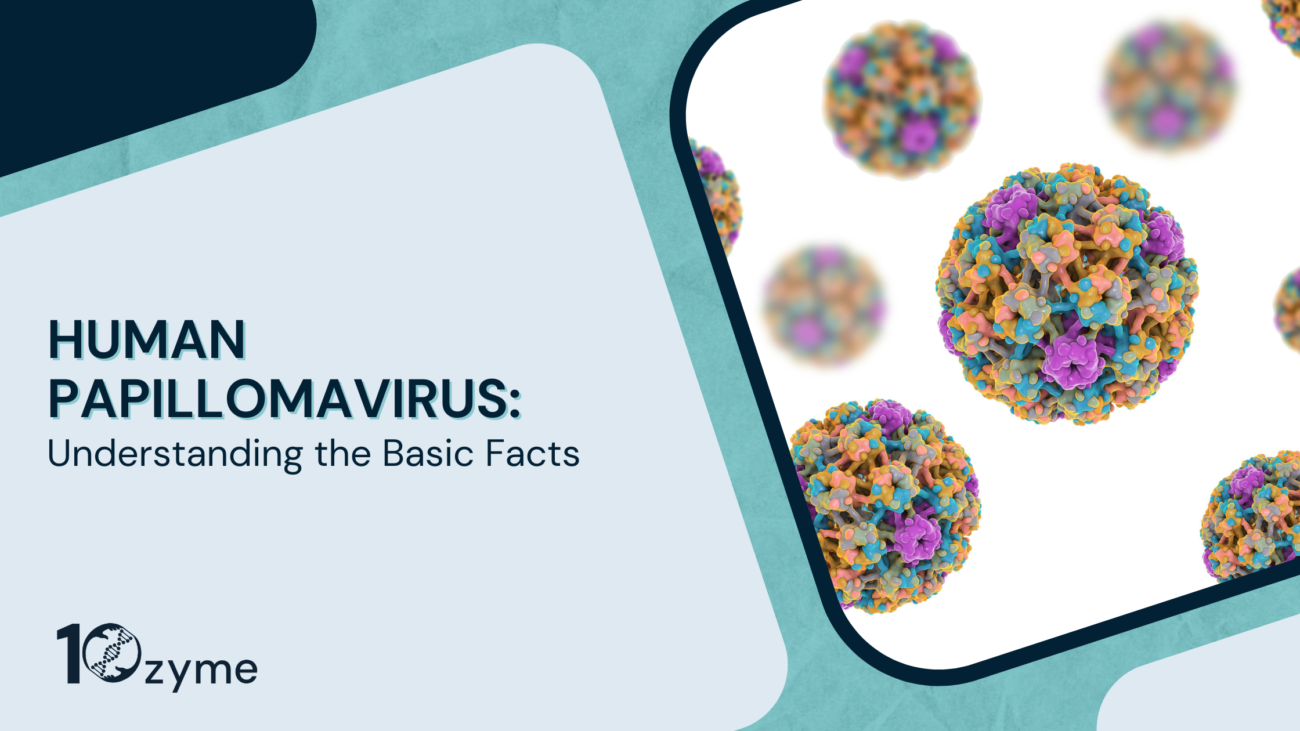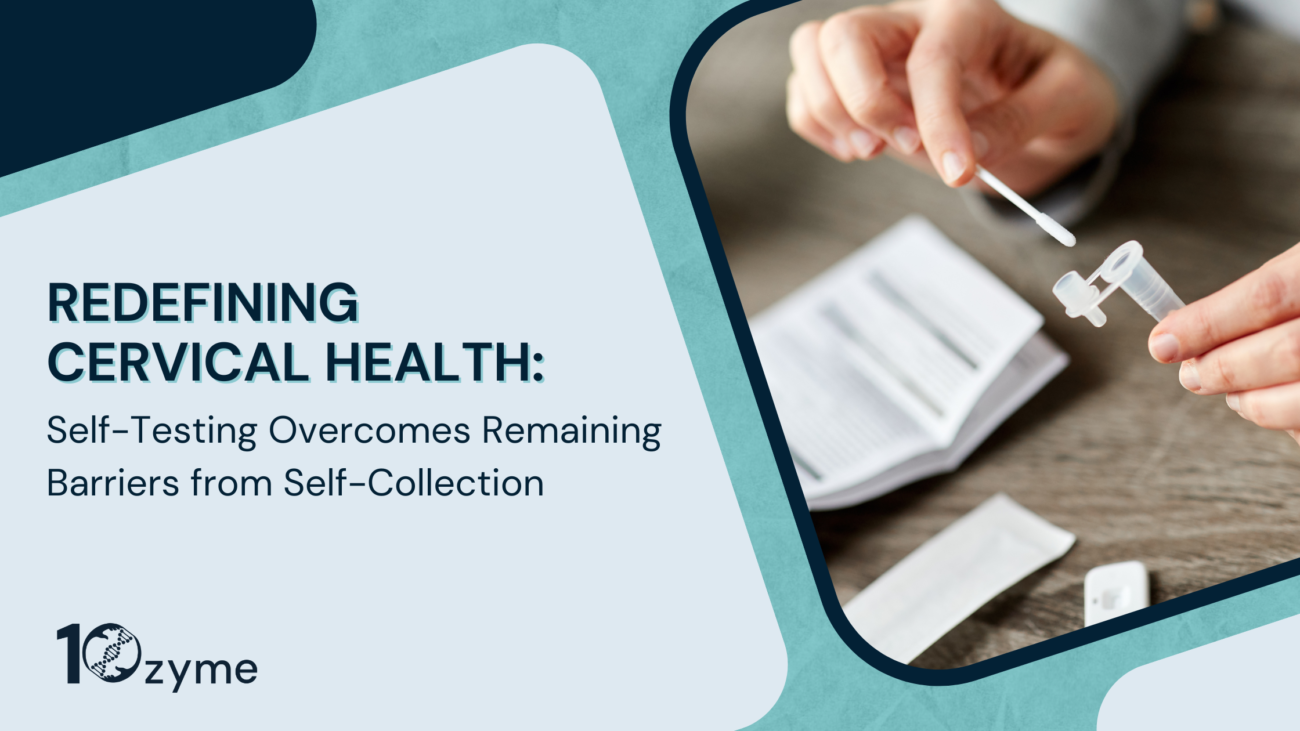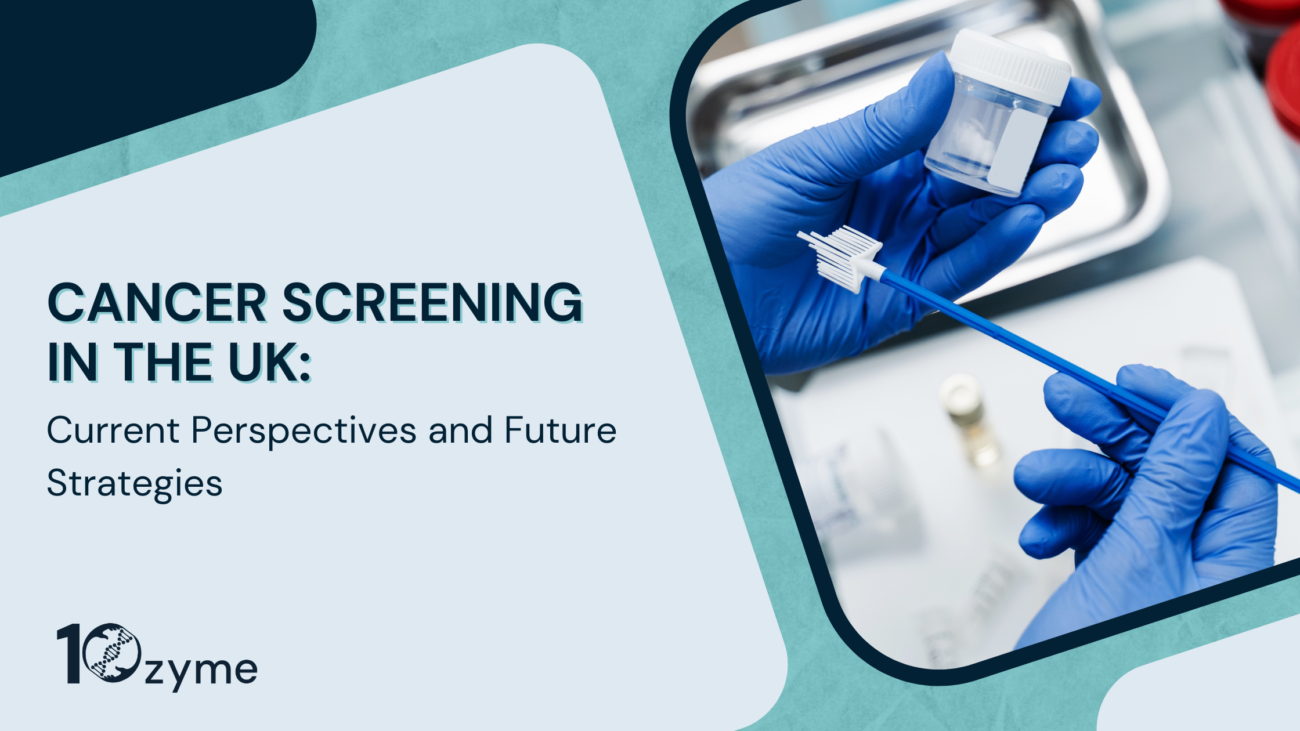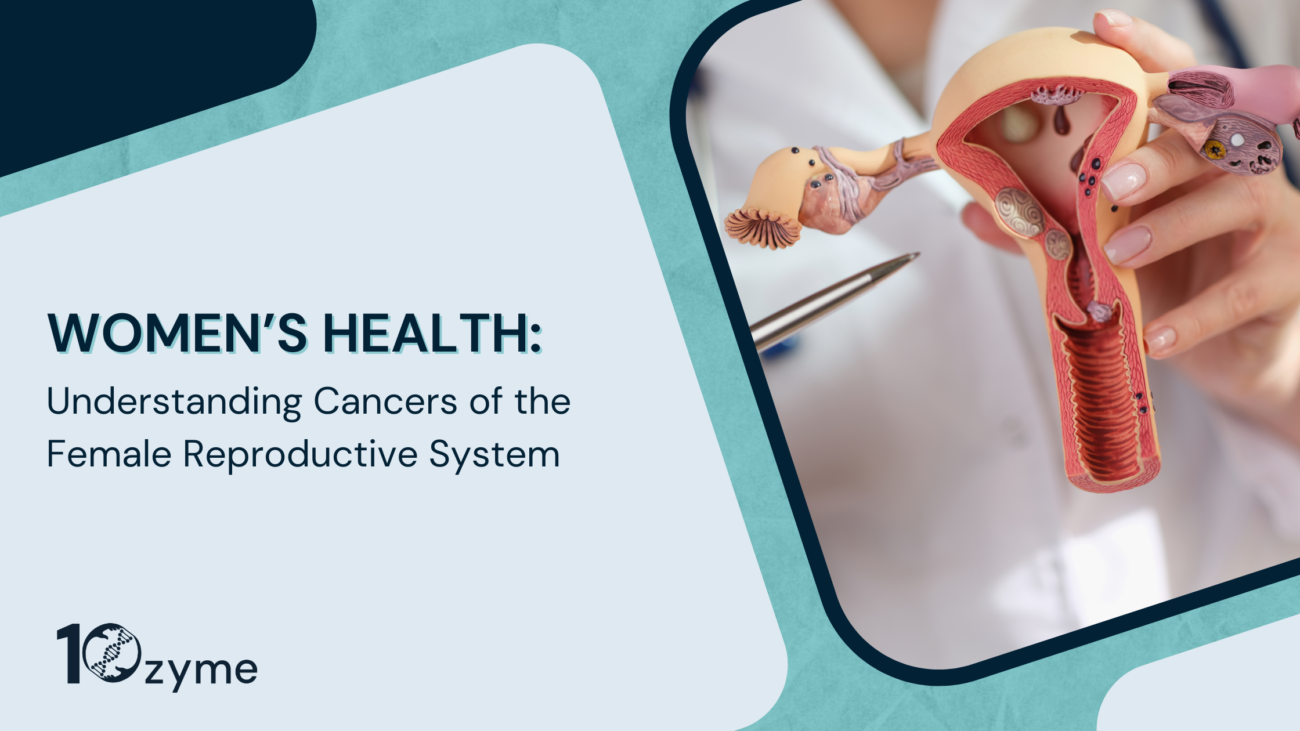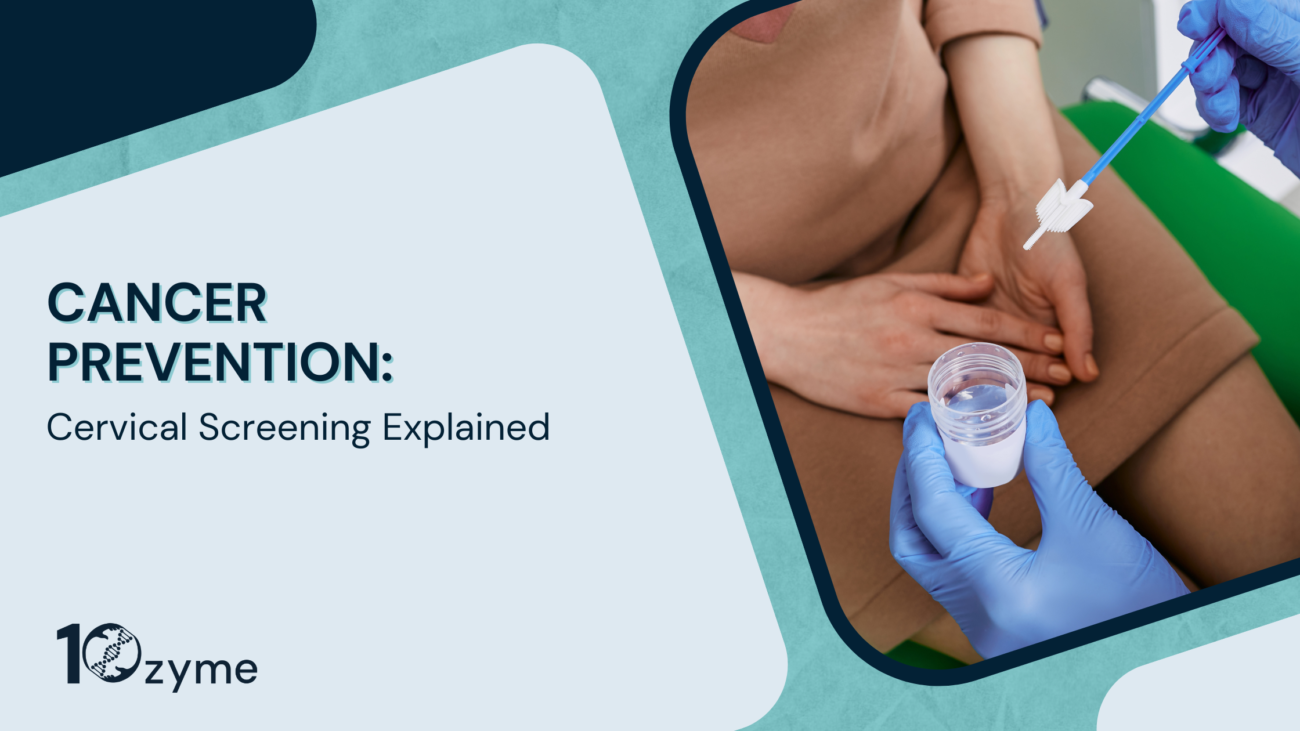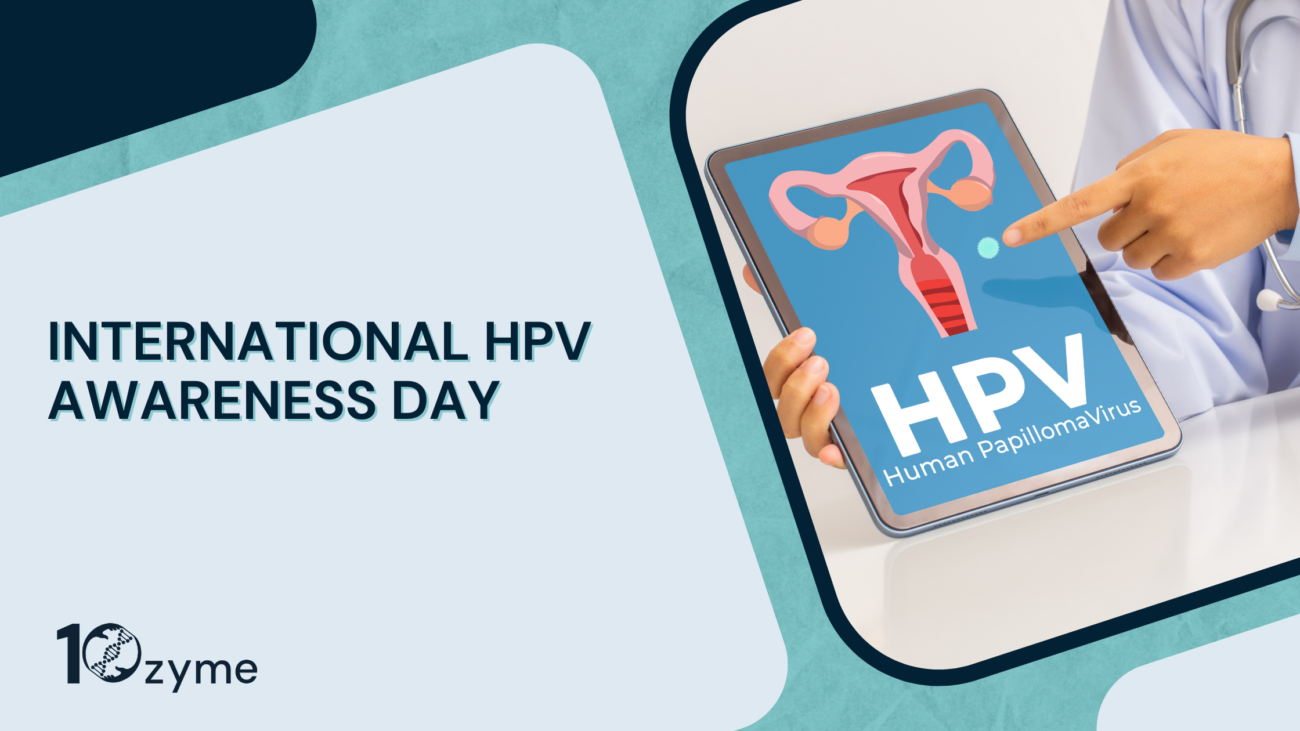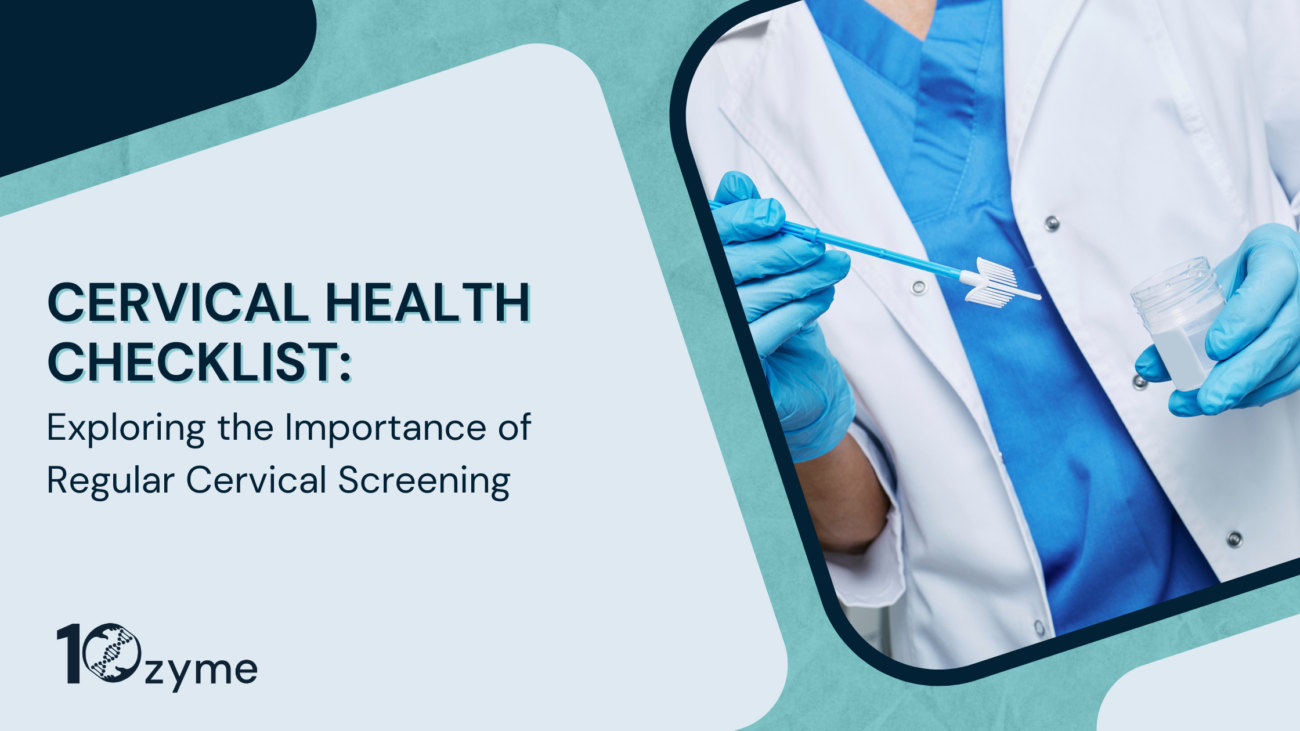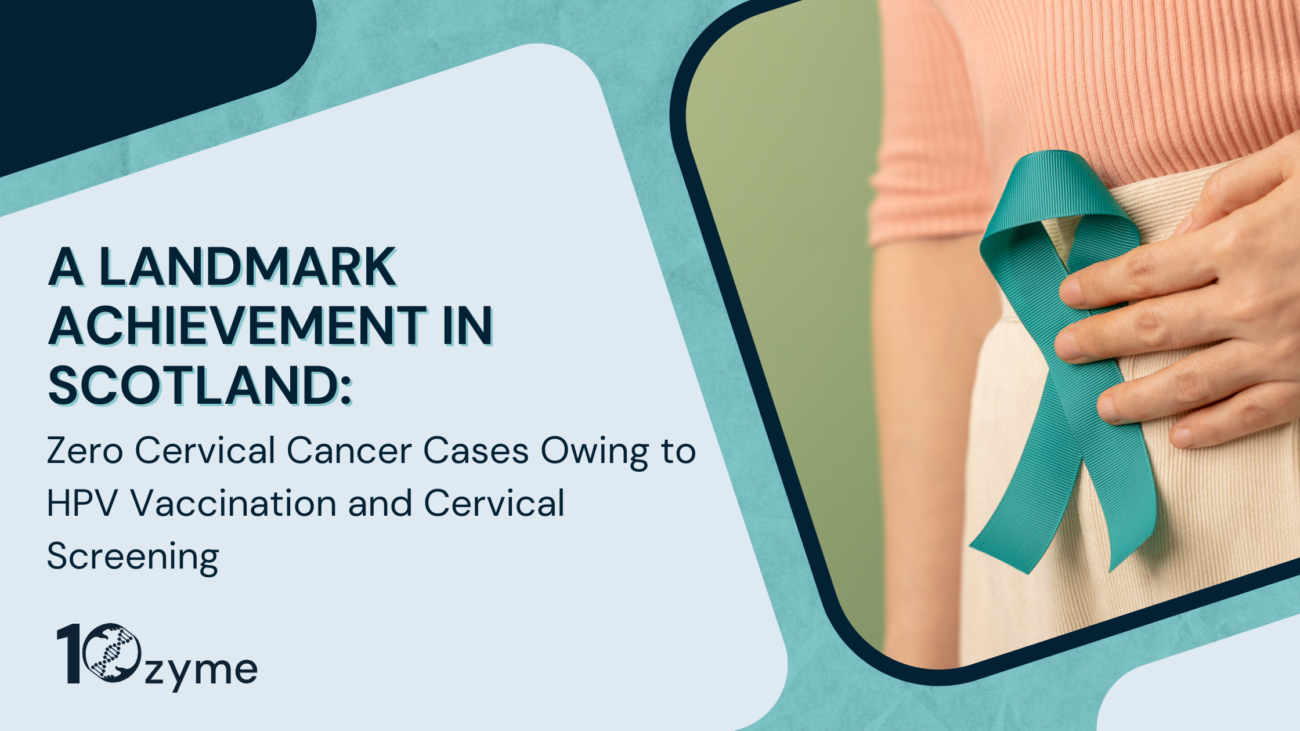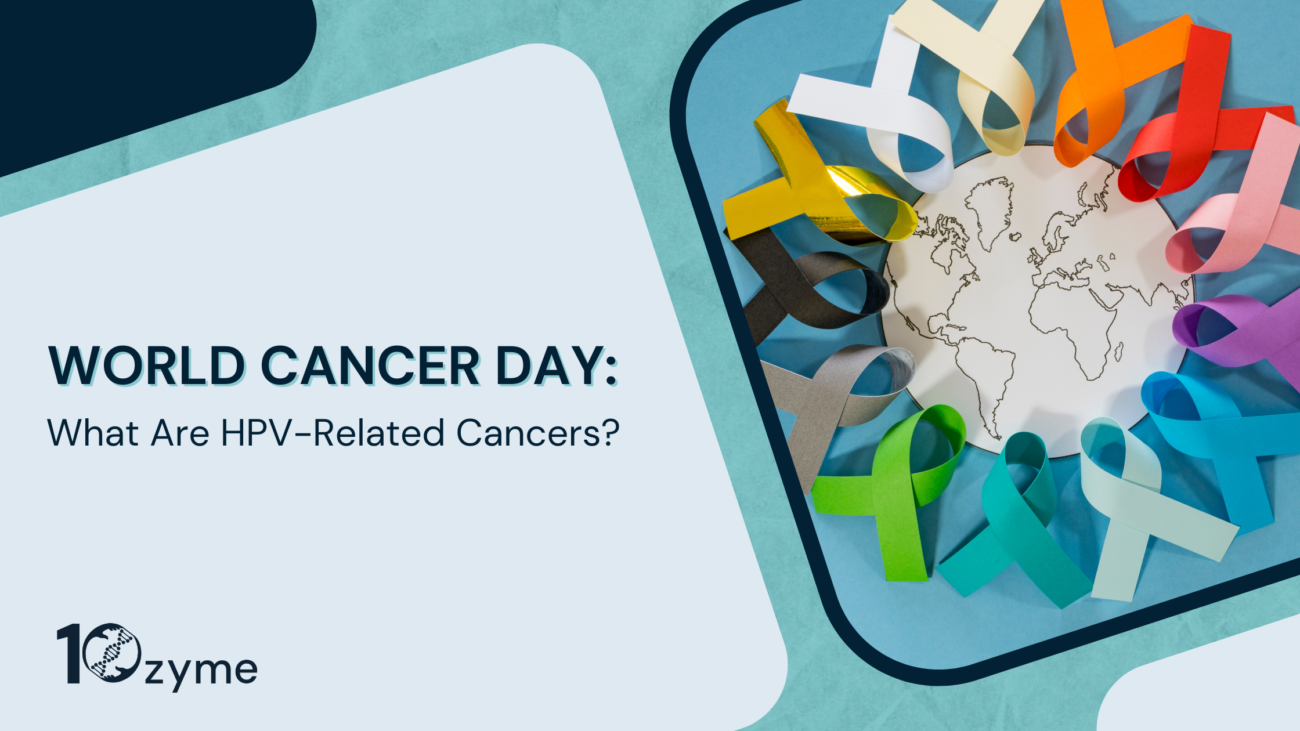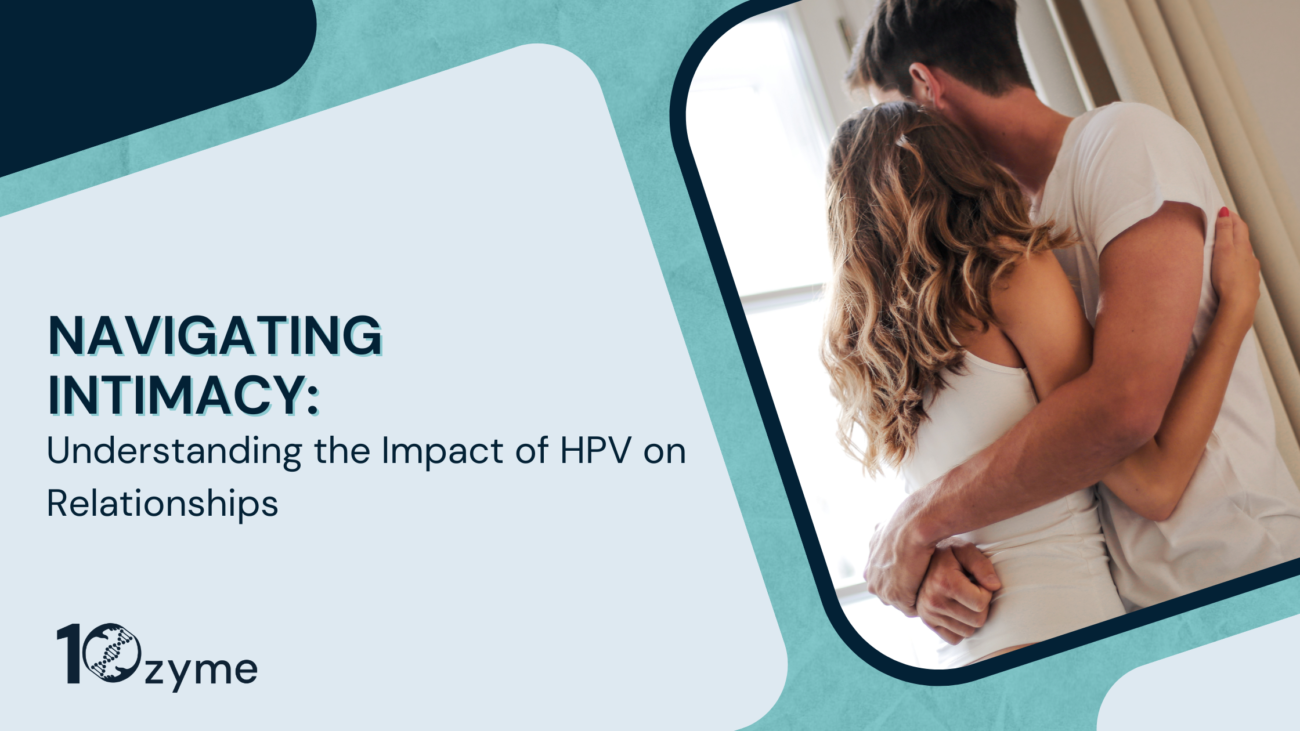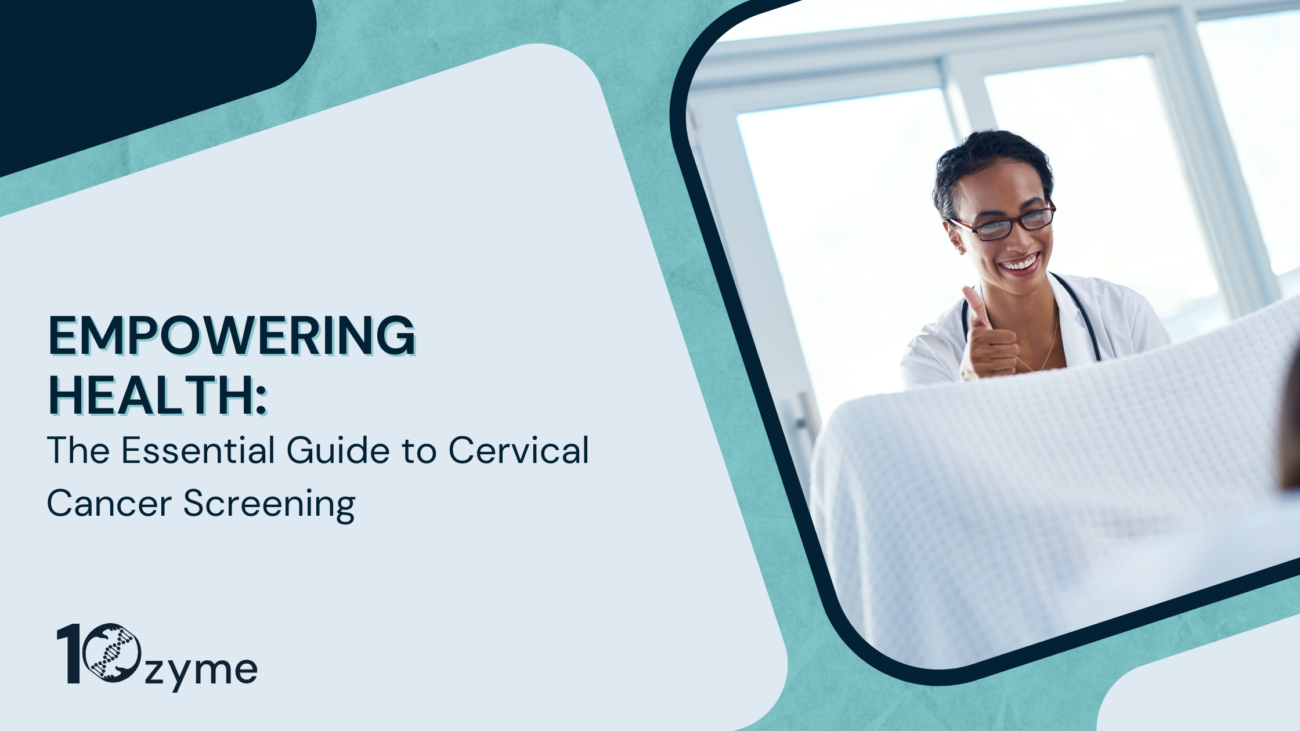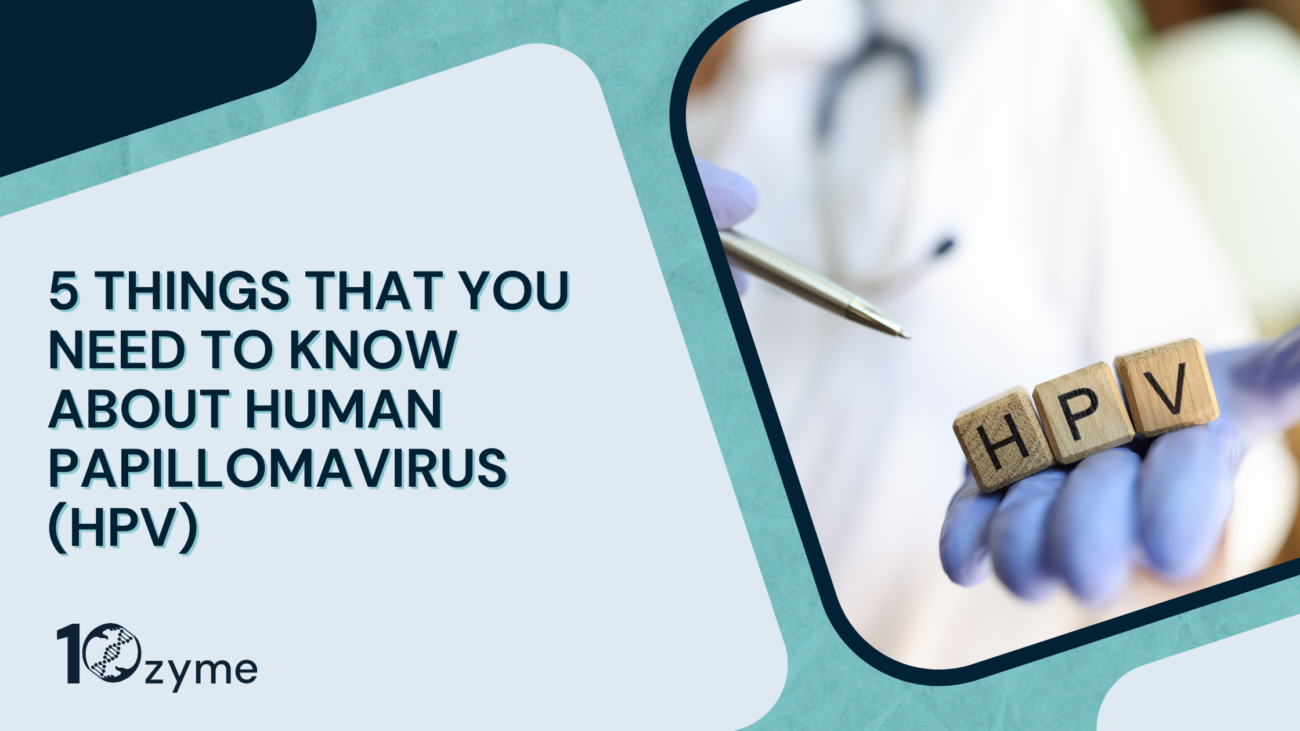Self-Testing for HPV: A Crucial Step in Addressing Women’s Healthcare Problems
According to a report by The Guardian, recent analysis reveals alarming figures relating to women’s health as nearly 600,000 women in England are awaiting gynaecological treatment – which has increased by a third over two years1.
Additionally, the report reveals that no region in England has achieved the government’s target for cervical cancer screening, set at 80% coverage. Only slightly over two-thirds of eligible women (68.7%) in England have undergone cervical screening2,3, and in London this figure is even lower at 61.3%1.
These deeply concerning statistics shed light on the worrying state of women’s healthcare. The backlog, coupled with missed cervical cancer screening targets, exposes a system under immense strain, and a failure to meet the government’s commitment to address longstanding gender-based health inequalities by introducing a new women’s health strategy for England.
The analysis suggests that access to cervical cancer screening and gynaecological treatment is very far from ideal, and that much more needs to be done to prioritise women’s health and lead to better health outcomes. England’s NHS must undergo an urgent reform that includes more staff, more equipment, and improved cancer services in order to best deal with these significant issues, and provide patients with better quality healthcare.
One promising solution for the issue of cervical screening uptake that is currently gaining significant traction is the introduction of at-home human papillomavirus (HPV) testing, which would help bring major benefits to the NHS’s Cervical Screening Programme in England3. HPV is the leading cause of cervical cancer, and early detection of infection and/ or cervical cell changes is crucial for the successful management and prevention of cervical cancer3,4,5.
The following outlines several potential benefits of incorporating at-home HPV testing, both for women’s health and overall healthcare:
Enhanced screening rates – The convenience and accessibility challenges linked to current screening methods, especially in low to middle-income communities, pose significant barriers to cervical screening3,5. At-home HPV testing offers a solution to these issues by enabling women to perform the test in the comfort of their homes, thus helping increase participation rates.
Reduced burden on healthcare – Implementing at-home testing would alleviate pressure on healthcare professionals, allowing them to allocate their resources more efficiently. This would ensure that women in need of gynaecological follow-up appointments and treatment receive timely care, thereby directly addressing some of the main challenges faced by the NHS.
Early detection, early treatment – The early identification of an HPV infection allows for timely intervention, preventing the potential development of cervical cancer. This would lead to a decrease in cervical cancer rates and associated health complications, ultimately resulting in improved health outcomes and also reduced long-term healthcare expenses.
While the government’s strategy on women’s health is a positive step, it is clear that further action is necessary. Implementing accessible at-home HPV testing, alongside continued investment in NHS resources, can be a powerful combination in tackling the current backlog and ensuring equitable access to healthcare for all women. However, while at-home HPV screening represents progress, it necessitates sending samples to the lab for analysis and enduring extended waits for results, introducing further challenges. Hence, there is a need for continued efforts to enhance the efficiency and reliability of the new cervical screening process, while also improving women’s overall experience.
10zyme: Advancing women’s health
We’re developing a groundbreaking self-test with instant results to detect the main cause of cervical cancer: high-risk HPV. Detecting infections early prevents cancer ever developing.
By enabling self-testing, we aim to empower women, overcome stigma and anxiety, and help eliminate a disease killing hundreds of thousands a year globally. See our Education Section to find out more.
Please follow and support us on social media: LinkedIn, Instagram, and TikTok.
References:
-
- Tobi, T. (2024). Almost 600,000 in England awaiting gynaecological treatment, figures show. The Guardian. (Online). Available at: https://www.theguardian.com/society/2024/apr/22/almost-600000-in-england-awaiting-gynaecological-treatment-figures-show?CMP=Share_iOSApp_Other [Accessed 24/04/2024]
- National Health Service (NHS) of England. (2023). Women urged to take up NHS cervical screening invitations. (Online). Available at: https://www.england.nhs.uk/2023/11/women-urged-to-take-up-nhs-cervical-screening-invitations/ [Accessed 24/04/2024]
- Mill, C. (2023). HPValidate cervical screening self-sampling study nears completion. UK National Screening Committee (UK NSC). (Online). Available at: https://nationalscreening.blog.gov.uk/2023/06/21/hpvalidate-cervical-screening-self-sampling-study-nears-completion/ [Accessed 24/04/2024]
- Cancer Research UK (CRUK). (2023). Risks and causes of cervical cancer. (Online). Available at: https://www.cancerresearchuk.org/about-cancer/cervical-cancer/risks-causes [Accessed 24/04/2024]
- Choi, S. Ismail, A. Pappas-Gogos, G. Boussios, S. (2023). HPV and Cervical Cancer: A Review of Epidemiology and Screening Uptake in the UK. Pathogens. 12(2):298. [Online]. Available at: https://www.ncbi.nlm.nih.gov/pmc/articles/PMC9960303/ [Accessed 24/04/2024]


